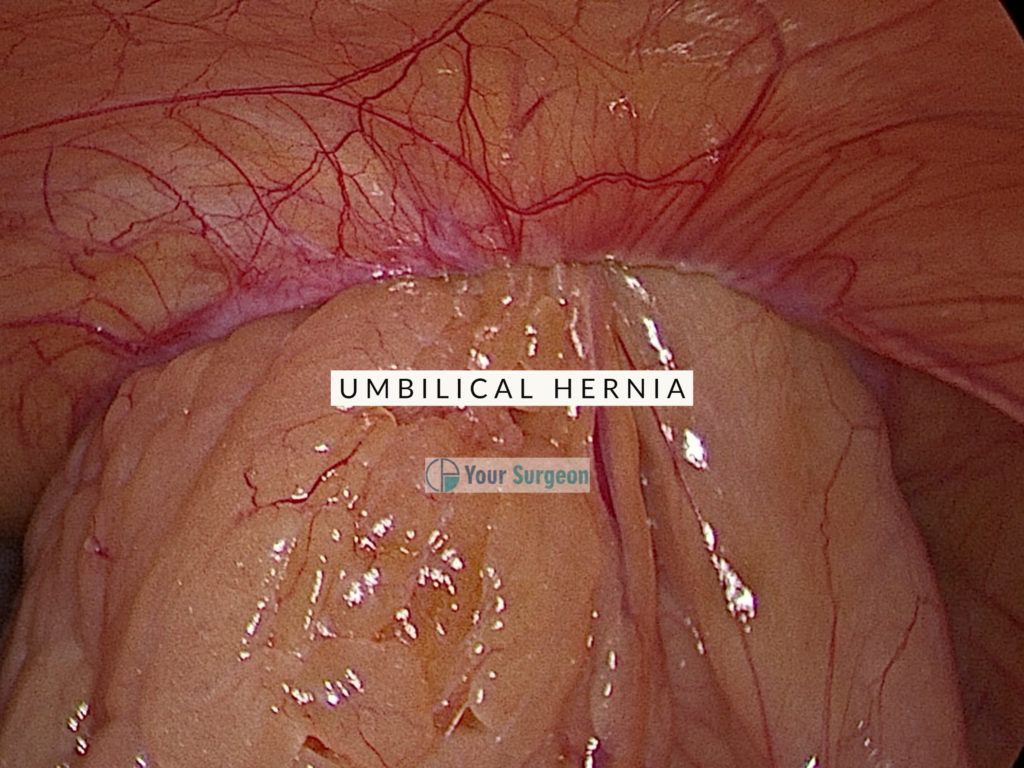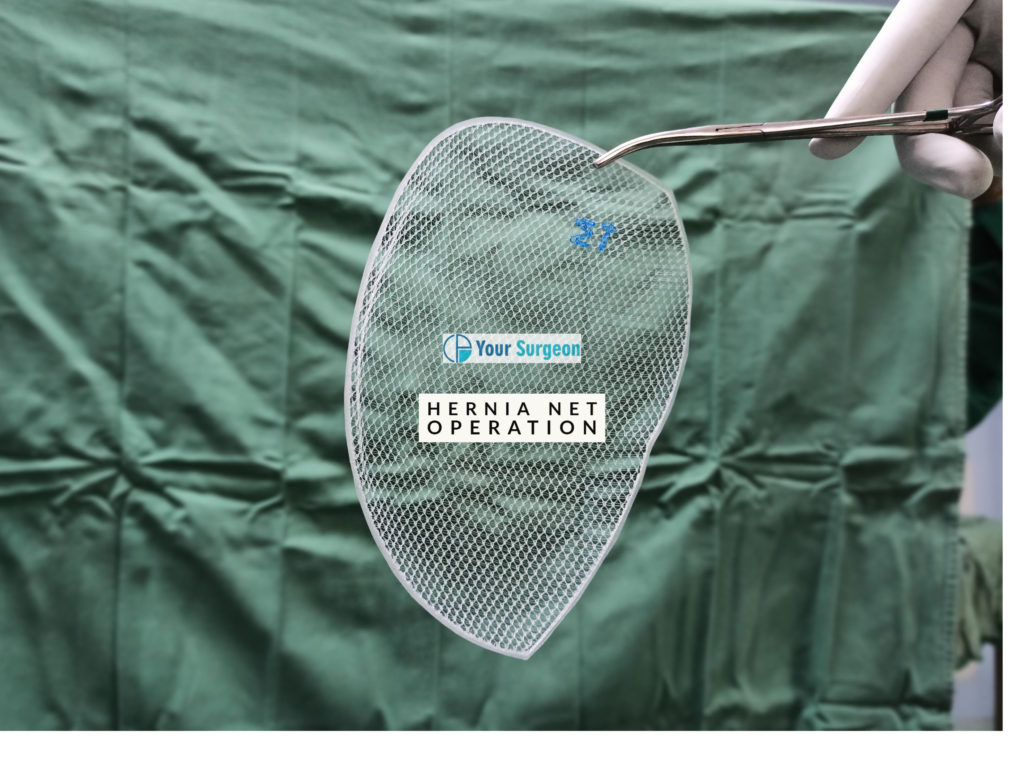Umbilical Hernia or Ventral Hernia
Umbilical Hernia is a condition in which Intestines & other Abdominal contents protrude and bulge out in umbilical area in form of swelling.
About 2 to 3 % of population will have umbilical hernia in Life time & More seen in Females.
- Reducible
- Obstructed
- Strangulated
Symptoms & Diagnosis
- Swelling over Umbilicus esp. on Coughing
- Pain near Umbilical area
- Severe pain, Constipation & Vomiting, if Obstruction
Assessment of patient as per following
- Examination
- Ultrasound - Sonography
- CT scan in Complex / Complicated or Recurrent Incisional Hernia Cases

Operation for Umbilical / Ventral Hernia

Hernia Net / Mesh

Hernia Treatment in Surat, Gujarat
Causes
- Obesity
- After Pregnancy
- Liver Disease & Cirrhosis
- Ascites
- Heavy Exercise beyond body limits
- Coughing ( Due to Respiratory illness )
Treatment
Surgery is the only treatment till date for Hernia problem.
Early surgery is equal to fast recovery with Less recurrence.
If it is very small & without any Symptoms then watchful waiting as per your surgeons instructions
A) OPEN
Surgeon does a cut near umbilical area, Reduces all Popping out Organs back inside & then Puts a Mesh or Net over it.
B) Laparoscopic
We Make tiny holes over your Abdomen without making large cut. Mesh is rolled & Placed inside then Spread over the hernia defect.
- IPOM & IPOM Plus
- E-TEP – RS
- TAPP
Recovery Chart
Do not push or strain in toilet
Do Not Cough
Do Not lift heavy objects
Start Walking as soon as possible as per instructions
Stool softeners
Abdominal belt can support & give significant pain relief
High Fiber Diet & Water Intake
Avoid Smoking
Overall Laparoscopic Surgery has very less complication rates as compared to open surgery in terms of infection & pain.
Surgery is quite safe in experienced hands but still some people may have the following
1)Immediate
– Infection or Pus Formation ( More in Open Hernia )
– Seroma or Fluid collection
– Bleeding
– Bowel Obstruction
– Urinary retention
– Pain
2)Delayed
– Pain
– Recurrence 1- 3 %
Healthy diet to lose weight
Strict Sugar Control to reduce infection
Early surgery has better results in Less Pain, Better Safety & Fast recovery
It gets Bigger with time & so are its complications
- Bowel Obstruction & Gangrene
- Perforation
- Infection
- Pain
- Obesity ( BMI more than 30 )
- Diabetes
- Smoking
- Wound site pus formation or infection
- Ascites
Incidence is 10 to 28 % at birth & reduces to 2 to 8 % at 1 year.
This means most of them sponatneously regress or decrease with time
Conservative management is dictum & only larger defects or special situations will warrant early closure as determined by surgeon.
In childhood, Only suture closure is choice & mesh or net is best avoided
Most of the repair are attempted at age of 4 to 6 years
TESTIMONIALS
Get OPD Appointment
Book OPD appointment with Dr. Chintan B Patel at Kiran Hospital, Surat, Gujarat, India
Opening Hours
Monday – Saturday
Morning10.00 AM – 12.30 PM
Evening04.30 PM – 06.00 PM
